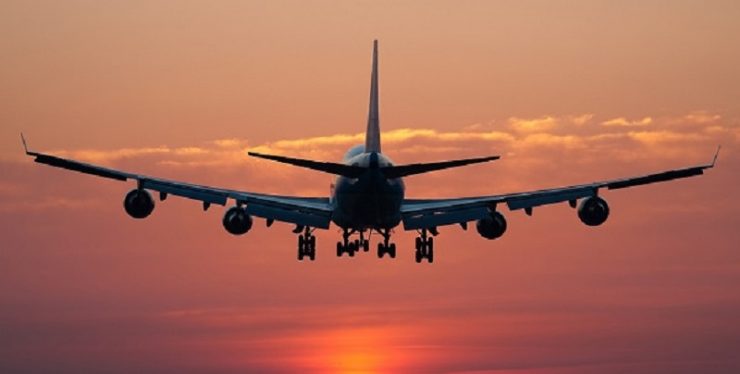GLOBAL aircraft manufacturers are optimistic that the Asia-Pacific market, including in the Indonesian region, is still the backbone of long-term aircraft demand in response to the current issue of aircraft shortages.
Airbus Asia Pacific President and Head of Region Airbus Anand Stanley said the Asia Pacific region is the fastest growing market globally in terms of demand.
Specifically, he mentioned the ASEAN region as the fastest growing region, including Indonesia. He said the Asia Pacific region would need more than 70,000 aircraft over the next 20 years. This amount, he said, represents 45% or almost half of the world’s demand.
The number of requests will be reinforced by the fact that only about one in four people in Indonesia have ever flown. This means that in composition only 25% of the population in Indonesia are airplane users.
He also concluded that there is still 75% of the population that has the potential to increase the level of aircraft use.
“These are different numbers which can once again give you confidence that there is tremendous growth to come. We are optimistic that Indonesia plays an important role in the ASEAN market but we cannot specifically tell the level of demand. However, I firmly believe that there will be rapid growth in demand for aircraft in Indonesia,” he said.
Seeing the huge potential, Airbus wants to invest in partnering with national airlines in order to fulfill and adapt their services.
Meanwhile, Boeing Co estimates that the aviation market in Southeast Asia will require as many as 4,465 new aircraft worth US$ 765 billion and commercial aviation services worth US$ 790 billion by 2040.
Boeing Vice President of Commercial Marketing Darren Hulst said the Southeast Asian country is experiencing rapid economic growth, seeing the growth in the number of aircraft and passenger movement traffic well above the global average.
He also detailed that low-cost carrier are expected to expand their intra-regional network with single-aisle jets. In contrast, open sky policies and trade agreements allow operators to invest in fuel-efficient wide-body aircraft to serve long-haul routes.
“Southeast Asia is estimated to need 4,465 new aircraft worth US$765 billion and commercial aviation services worth US$790 billion by 2040,” he remarked.
Darren explained that the Asia Pacific region has a diverse air travel market, including a mature economy and a rapidly growing air travel market. These growing aviation markets are mainly in China, South Asia and Southeast Asia.
According to him, with the travel recovery made possible by the increase in COVID-19 vaccinations, Asia Pacific airlines are well positioned to take advantage of the recovery in business and leisure travel and air cargo transportation.
“We have also seen strong resilience in moving traffic in Asia Pacific as restrictions are relaxed and passengers feel confident about travel. Efficient and versatile types of aircraft will be widely used to meet passenger needs and air transportation demands because they can reduce fuel use, emissions, and reduce operating costs,” he noted.
In general, Boeing also estimates that air travel in the Asia Pacific market will account for nearly half of global air traffic by 2040. This forecast will drive demand for aircraft over the next 20 years with as many as 17,645 new aircraft valued at US$3.1 trillion.
Of these requests, single aisle jets will account for nearly 13,500 deliveries or about three quarters of the demand. Wide body jets including passenger and cargo models will account for nearly 3,800 aircraft.
Cargo aircraft will be tripled to 1,160 aircraft, including new and converted models, to support diversification of global supply chains and meet e-commerce demands.
He also detailed that for the China region, a mature economy will continue to support a balanced air travel market across domestic, regional and long-haul travel segments.
The replacement number of aircraft will account for nearly 75% of new deliveries as the airline seeks to improve the sustainability and versatility of the fleet. The area is estimated to need 1,385 new aircraft worth US$310 billion. [sources/photo special]
















